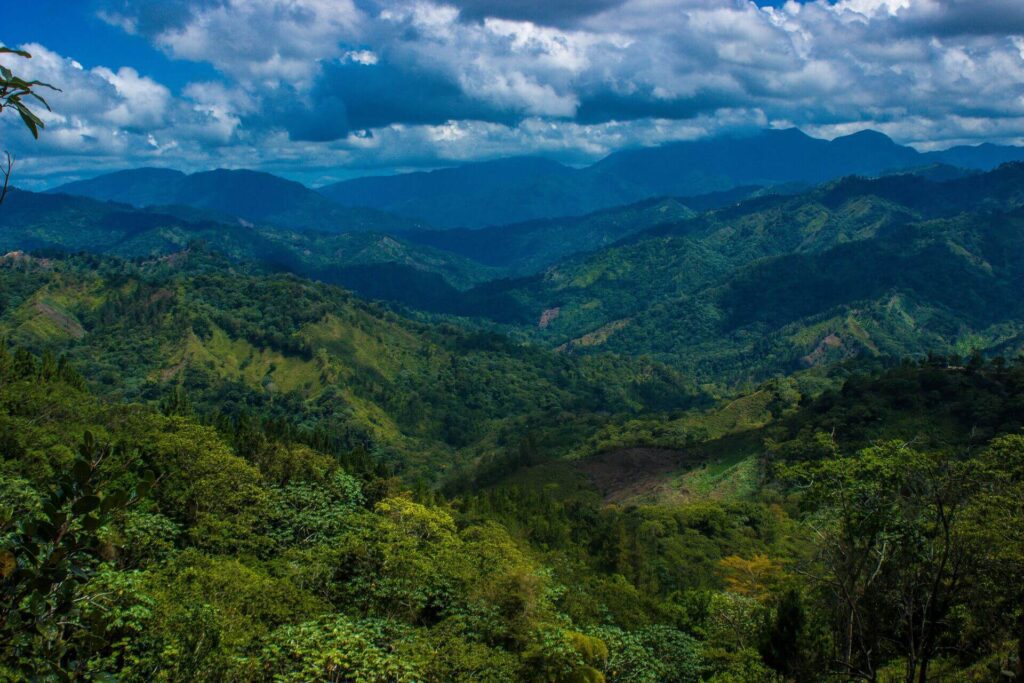7 Facts About the Dominican Republic
The Dominican Republic (DR) is a beautiful island nation known for its clear Caribbean beaches, historic sights, and world-famous rum. But unbeknownst to many, the country has so much more to offer! Get to know more about “Quisqueya” by immersing yourself in these seven fascinating tidbits about the Dominican Republic.
1. DR is the Home of the Taíno People
DR is the home of the Taíno, the indigenous people of the Caribbean. And while experts believed that they no longer exist (or blended in with Europeans and Africans), many Dominicans are proud to call themselves Taíno descendants. And they should!
Tip: Want to learn more facts about the Dominican Republic’s unique Taíno culture? Make it a point to visit the Museo del Hombre Dominicano in Santo Domingo or the Centro Cultural Eduardo Leon Jimenes in Santiago de los Caballeros.

2. The Taíno People Left Their Mark
The Taíno people have left their marks on many caves. One of the best places to see them is the Las Cuevas de Pomier in San Cristobal. Here, you’ll find over 4,000 prehistoric paintings and 500 cave drawings depicting the island’s unique fauna.
There’s also the Cotubanamá National Park, which is a system of over 400 caves. There are many areas to visit, but be sure to stop by the Sendero Padre Nuestro. Here, you’ll find many pictographs and petroglyphs left by its ancient Taíno inhabitants.
Fact: This Dominican Republic gem is hard to access via public transport, so renting a car is advisable.
3. DR is Home to Many Spanish Historical Sites
DR is situated on what the Spanish called the island of Hispaniola. It became the seat of the “Captaincy General of Santo Domingo,” the first Spanish colony in the Western Hemisphere.
It eventually paved the way for the founding of the first European City in the region: Santo Domingo. Established in 1496, it is the oldest continuously inhabited European settlement in the Americas.
Fact: Some of the Dominican Republic’s first Spanish structures can be found in the capital’s famed ‘Ciudad Colonial.’ They are:
- Hospital San Nicolás de Bari (ruins): Constructed in 1503 and closed in the mid-18th century.
- The Cathedral of Santa María la Menor: A basilica started in 1504 and completed in 1550.
- The Monastery of San Francisco (ruins): Started in 1508 and completed in 1560.
- Alcázar de Colón: Also known as Columbus Alcazar, this castle was constructed from 1510 to 1514.
The good news is it’s relatively easy to visit these interesting Dominican Republic sites and learn facts about them as the drive to the capital will only take you about 30 minutes.
While in Ciudad Colonial, be sure to visit the nearby Autonomous University of Santo Domingo. Founded in 1538, one of the first universities in the Western Hemisphere is located only 20 minutes away from the district.

4. It’s the Birthplace of the Merengue
The sexy music and dance known as Merengue is the Dominican Republic’s national dance. The music features an increased tempo, while the dance comes with a ‘danced’ walk and unique hip movements. The best way to experience this wonderful part of culture is to take a class or watch a dance!
5. DR is the Only Location Where You’ll Find Larimar
Larimar, a rare blue silicate mineral pectolite, can only be found in southwest DR, near the city of Barahona. An interesting fact about the Dominican Republic’s famed stone: the bluer it is, the higher the quality.
You can find larimar jewelry set in silver or gold in the city as well as in other parts of the country. Larimar is truly an authentic DR souvenir.
6. …and Dominican Amber.
Dominican amber, which is found in La Cordillera Septentrional, Bayaguana, and Sabana de la Mar, serves as a preview of the flora and fauna of the olden times. Compared to Baltic amber, Dominican amber is clearer and features more fossil traces.
If you want to learn more about interesting Dominican Republic amber facts, drive to the Amber World Museum in Santo Domingo or the Museo del Ambar Dominicano in Puerto Plata.
Don’t forget to buy some genuine Dominican amber from these museum’s gift shops before you leave.
7. It’s the Only Place Where You’ll Find Mama Juana, Too
If you’re looking to try truly-Dominican drinks, then make sure to go for Mama Juana. First concocted in the 1950s, it’s made with rum, red wine, honey, and whatever herbs the alcohol-maker has in mind. Just be sure to go easy if it’s your first time drinking it.

There’s more to the Dominican Republic than these seven interesting facts, so come on and visit the country! Explore the many sites in style with a care from Grandeliga. Contact us to reserve your luxury rental car today.


